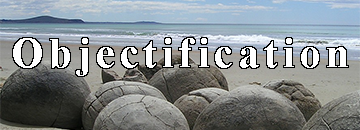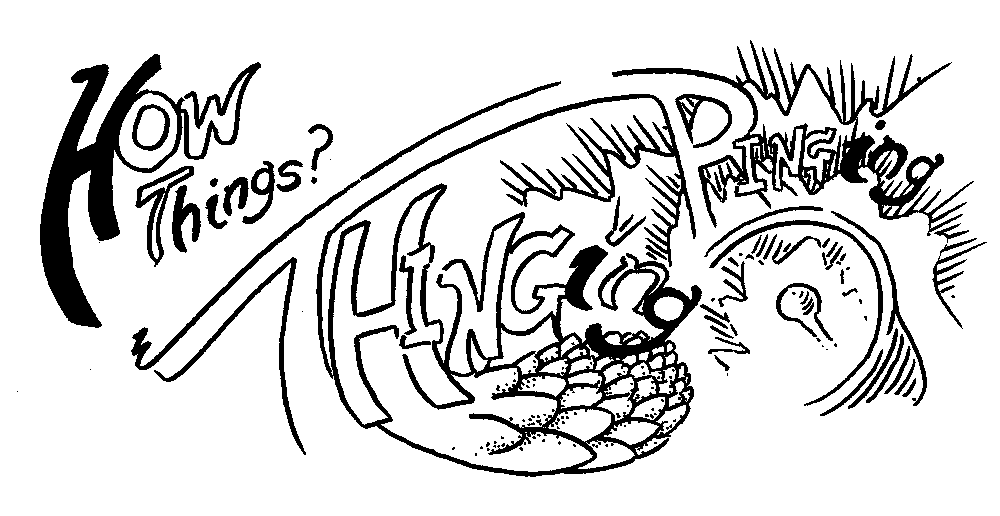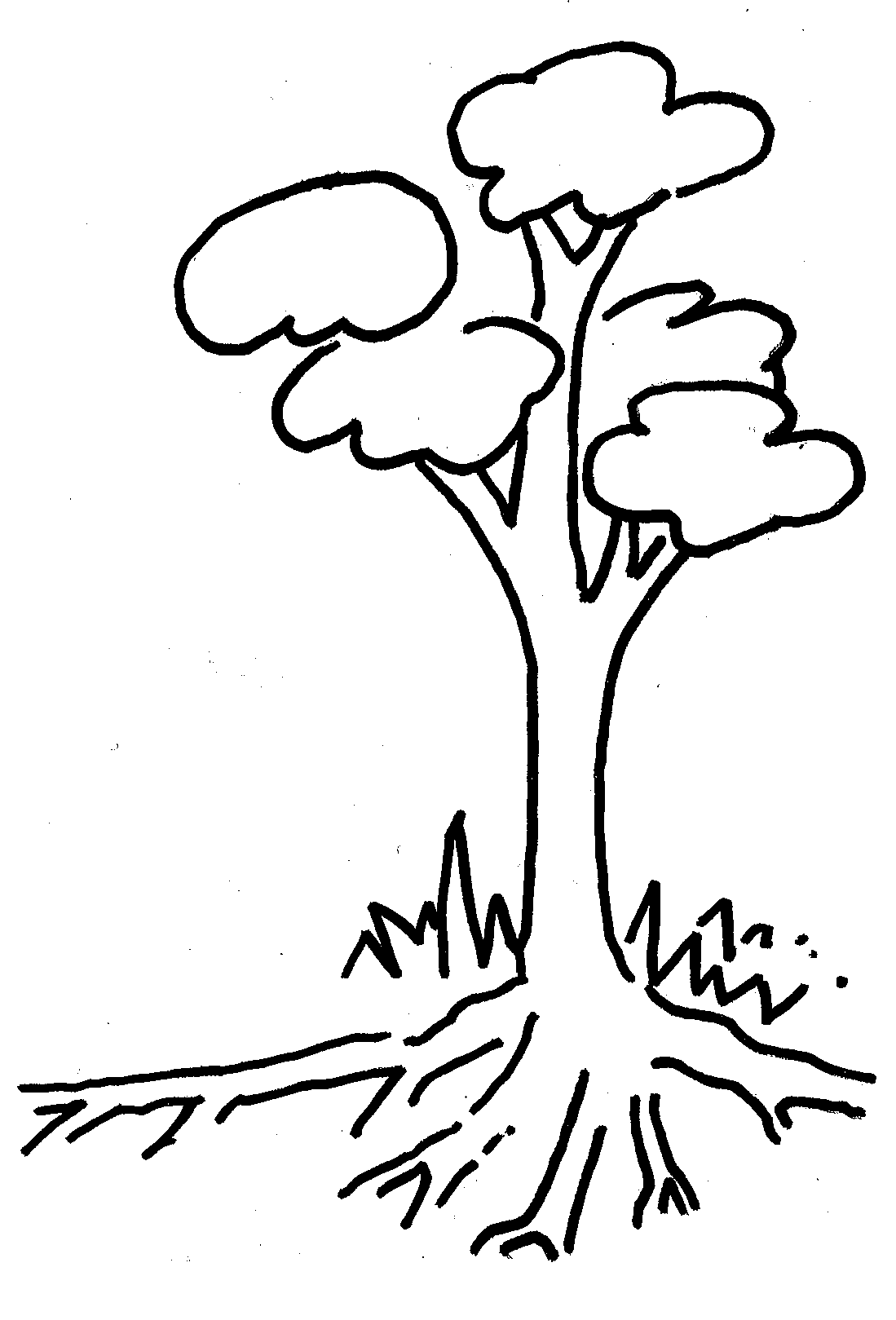



All human languages give labels to parts of the observable world. This suggests that those parts exist, and can exist, independently of the whole.
This first level of ‘objectification’ occurs with the basic structural features of all languages: word classes and case.
There are objects in our environment we label as things (nouns); those objects perform actions (verbs); which actions we can label as things also (noun verbs); and one thing has a relationship to another (case). Thus we have a paractical system for functioning in our environment, but it is a simplification (and a distortion) of reality.



Is a thought a ‘thing’ that exists independently of the thinker? Is a sound a ‘thing’? We know that sound is just a chain reaction of one molecule pushing its neighbour and getting pushed back again — a continuing process of energy transfer — yet, the label we give to it reduces it to an object.
At some point in evolution we developed an ability to perceive the exchange of kinetic energy that is a sound wave and we call this perception a sound. For practical purposes we have drawn an arbitrary line across a continuum of energy and defined a thing1*.
The phenomenon we are describing is a process, but the image we have constructed is a static object. This enables speedy communication, but leads to difficulties when we forget that the word is a metaphor,2* and employ it in argument as an accurate description of reality. Francis Bacon described the situation perfectly when he said:
‘... yet certain it is that words, as a Tartar’s bow, do shoot back upon the understanding of the wisest, and mightily entangle and pervert the judgement.’ 3*



At this first level of objectification we can describe an object ‘tree’, and see such an object growing in a forest with its roots deep in rich earth, surrounded by a host of plants and animals.
The fallacy of conceiving of ‘tree’, as a separate entity, is revealed when the tree is cut down and taken to the saw mill: once the tree goes, so does the rich soil and the diversity of wildlife. The separate object we called ‘tree’, was in fact, part of the physical manifestation of the process that was the forest ecosystem.
The second level of objectification is when we say ‘there are 10,000 trees in the forest’. We have created an object ‘tree’ that can have more than one instance.
The concept of number is a simplification of reality that has been invented by man. You can have one ‘tree’ and another ‘tree’, but only so far as there are common characteristics shared by the two. The two trees do not occupy the same position in space-time, they are different ages, have different parents, perhaps are of different species.
The initial objectification — taking a slice out of a continuum and giving it a label — becomes extended to form an abstract group which strips each tree of its individuality. (See article on ‘Abstraction’.)
1. Tolle, Eckhart 2009 , A New Earth, Penguin Group (Australia)
p.25: ‘Words, no matter whether they are vocalized and made into sounds or remain unspoken as thoughts, can cast an almost hypnotic spell upon you. You easily ... become hypnotized into implicitly believing that when you have attached a word to something, you know what it is. The fact is: You don’t know what it is. You have only covered up the mystery with a label.’ Back
2. Nietzsche, Friedrich 1989 (1874), ‘Lecture Notes on Rhetoric’, Carole Blair's translation in Friedrich Nietzsche on Rhetoric and Language, Sander L. Gilman ed., Oxford University Press, New York.
p.23: ‘... all words are tropes, in themselves, and from the beginning.’ Back
3. Bacon, Francis, 1915 (1605), The Advancement of Learning, J. M. Dent & Sons Ltd, London.
p.134: ‘... yet certain it is that words, as a Tartar’s bow, do shoot back upon the understanding of the wisest, and mightily entangle and pervert the judgement. So as it is almost necessary in all controversies and disputations to imitate the wisdom of the mathematicians, in setting down in the very beginning the definitions of our words and terms that others may know how we accept and understand them, and whether they concur with us or no.’ Back
* * * * *
Limiting Factors of language
| Language Logic | |
| Basic | |
|
Objectification (this page) Linearity Abstraction Subjectivity |
|
| Composite | |
| Location | |